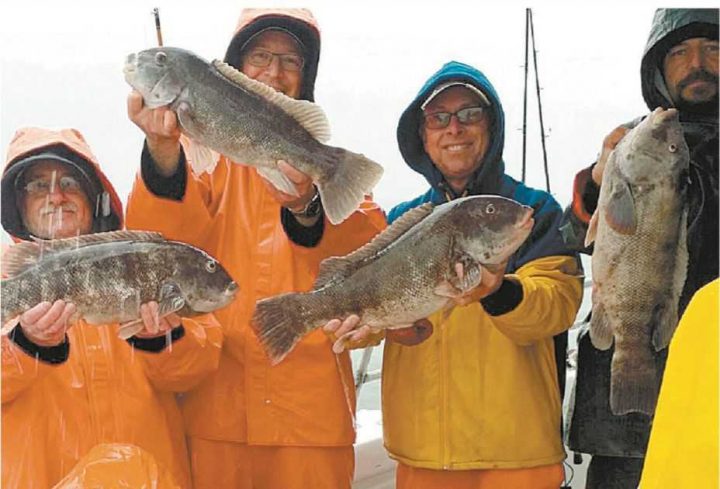

In recent times, Blackfish occur naturally in eastern Russia and western, northern, and Interior Alaska.īlackfish had long been absent from southcentral Alaska until they were transported to Anchorage in the 1950s.

A fossil specimen found in the Homer area shows that blackfish were once present on the Kenai Peninsula. In the geologic past, Alaska blackfish ranged over a broad area from eastern Russia to southcentral Alaska. Scientific studies have since shown they can’t survive being completely frozen, but they are extremely cold-hardy and can remain active under the ice in oxygen-poor lakes and ponds where other fish can’t survive. Legendary for their cold-hardiness, there are stories of Alaska Blackfish coming back to life after being frozen. Subsistence fishermen catch them in funnel traps placed where they gather under openings in the ice to gulp air. In late winter when other fresh food sources are scarce, Alaska Blackfish are available. Known in the Koyukon language as oonyeeyh (“the one you survive on”), Alaska Blackfish has long been harvested by Alaska Native peoples.

Image Details Illustration of Alaska Blackfish gulping air at a muskrat push-up. The blackfish’s behavior benefits both the fish and the muskrat, kind of like asking a neighbor to turn your water on so your pipes don’t freeze when you’re away! For this reason, elders say that Alaska blackfish can make the ice dangerous for travelers, and advise caution in certain spots. The Blackfish gulp atmospheric oxygen from those holes to keep themselves alive through the winter, and may even help keep the holes open with the motion of their tiny fins. When available, they take advantage of muskrat “pushups” - where muskrats pile vegetation on the surface of the ice over an opening for safe eating all winter long. When the muskrat isn't around, a group of iłuuqiñiq (Iñupiaq for Alaska Blackfish) will swim around each other, churning the water to keep the hole unfrozen. In winter, when dissolved oxygen levels drop under the ice, they go to the surface to gulp air. Image Details An Alaska Blackfish caught in Anchorage, AlaskaĪlaska Blackfish spend a lot of time on the bottom of lakes and ponds, where they pursue their prey - small aquatic insects and tiny crustaceans.


 0 kommentar(er)
0 kommentar(er)
